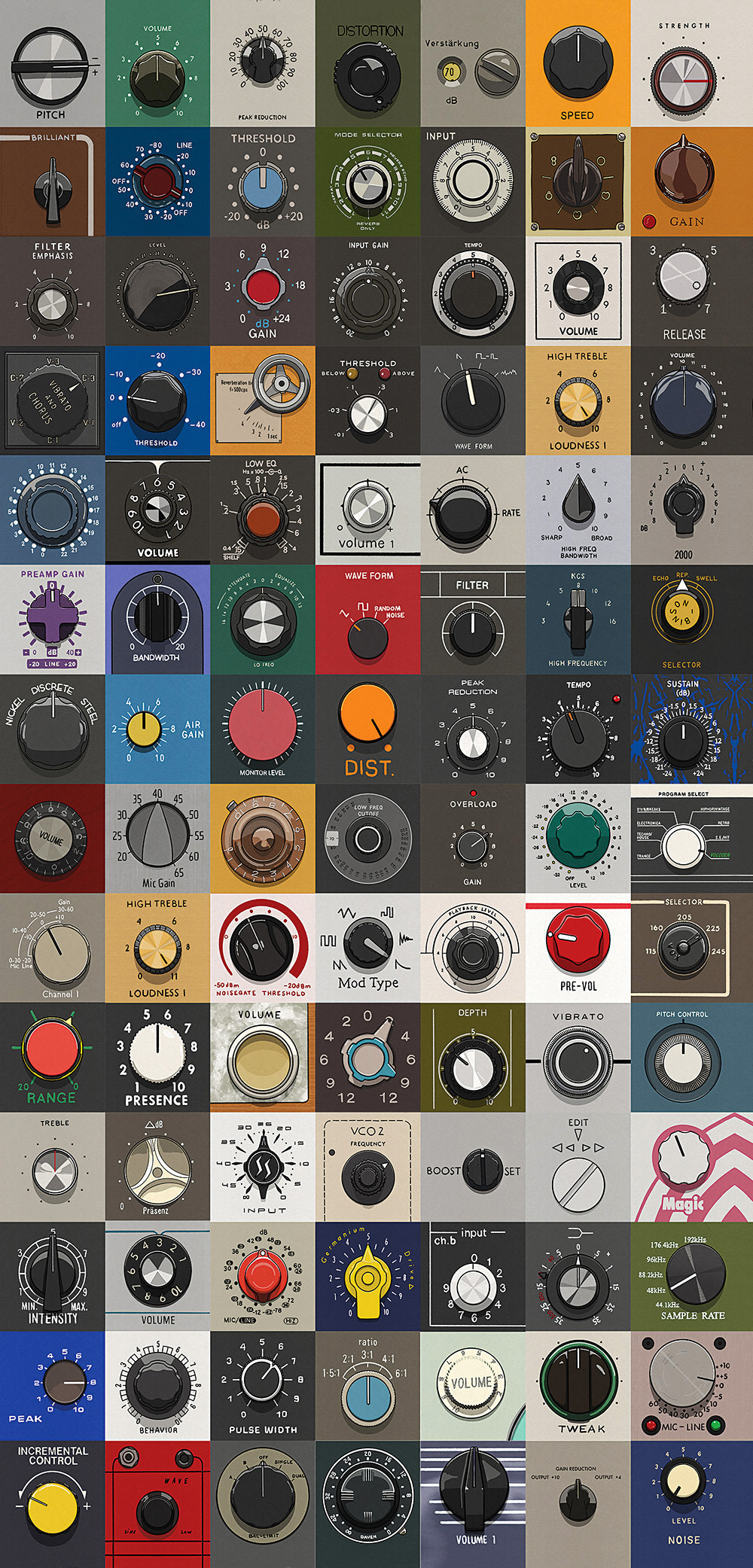We’re all super excited over here at Tape Op when API introduces new gear, and the enthusiasm doubles when said equipment is priced affordably. Additionally, a joyous hysteria breaks out “around the office” when our industry shows signs that supply chains are beginning to normalize. All of this is true for API’s Select series of hardware processors, such as the recently reviewed T25 tube compressor [Tape Op #147] and SV14 500 Series EQ [#153]. I’m here to tell you about the sonic quality, versatility, and ease of use of the Select SV12 compressor for the 500 Series format.
The SV12’s circuit is the original channel strip compressor design found in ATI Paragon live consoles. Though I’ve never used this console, channel strip compressors tend to be ideal as all-around dynamics controllers – good on almost any source. These circuits need to incorporate controls that fit into a small space – coincidentally, this is also a concern for 500 Series gear. Crowded control knobs and switches with teeny tiny labels is a bummer. I’ve had to reprint mixes due to accidentally bumping a filter switch when turning a control knob on a 500 Series faceplate. This is not going to be a problem with the SV12. There are three knobs and four switches, plenty of room for the easily visible 10-segment LED gain reduction (GR) dB and 4-segment dBu level meters. Notes on meters: the Level meter can be input or output (jumper selectable), and the ABOVE LED at the top of the GR meter remains active during bypass (handy). Silver API knobs control Threshold, Ratio (1:1 to 10:1) and make up gain. Control knobs are stepped and have small incremental stops. Though it may aid with recall, I found the knob style means I'm less likely to accidentally move them when touching other controls. Either way, I really do like the feel! Soft Knee, Link (allowing control of two SV12s), THRUST® (more later), and Bypass switches are all sturdy and will require a deliberate finger movement to engage/disengage, which translates that you’ll know when you are switching, and you won’t be accidentally engaging a switch! Thank you, API. All Select series faceplates are finished in a semi-gloss cobalt blue with minimalistic sky-blue flourishes and white, contrasty control indicators that are super easy to identify and read. A shielded case protects the SV12 and allows for easy slotting into your 500 chassis.
Simplicity aside, where are the attack and release controls? API uses a timing circuit that bends according to the source material. Apparently, the idea is a characteristic closer to an optical attack with moderate release times. Let’s see how this “do no harm” compressor works on different sources.
I first tested the SV12 on a punk rock track moving at a brisk pace. Instinctively, I might patch in my old dbx 160 (with output transformer) to grab some “snap” from the kick and snare. Instead, I tried the SV12 (3:1 ratio; 3 dB reduction) on both sources. Not only was I able to get more presence within the mix, but the outcome was less artifact-y than with my dbx – both achieved in seconds with ease. I seriously dig the SV12 on snare, actually – it could be a new go-to for rock sessions. I didn’t have a pair of SV12s to test on overheads, but I usually place a mono front-of-kit mic about four feet back. With three minutes of tweaking, I was able to deemphasize the open hi-hat wash and bring the overall picture of the kit more into focus without losing low end presence, aided by the THRUST (hi-pass +) switch that puts a high end EQ boost and a low cut before the compression detector so the low end isn’t over triggering the gain reduction. The SV12 was handy on picked electric bass in highlighting some nice attack without losing the low end meat – nice and chunky as it should be! The Soft Knee feature felt good on vocals, and I could see that this compressor would come in handy for live-tracking singers to catch transients here and there. The built-in stereo Link and THRUST switches would mean a pair of SV12s could be pretty handy for bus duties – I’m sure they’d serve quite well as overhead comps too. And, at this price, you might as well get two SV12s anyway. You’re going to use them!
I liked the SV12 best when used at moderate ratios (2:1 to 4:1), with no more than 8 dB of gain reduction. This compressor isn’t meant to add a ton of harmonic color, and that’s a good thing. It’s a “do it all” workhorse that I’ll be making room for in my rack.




_disp_horizontal_bw.jpg)